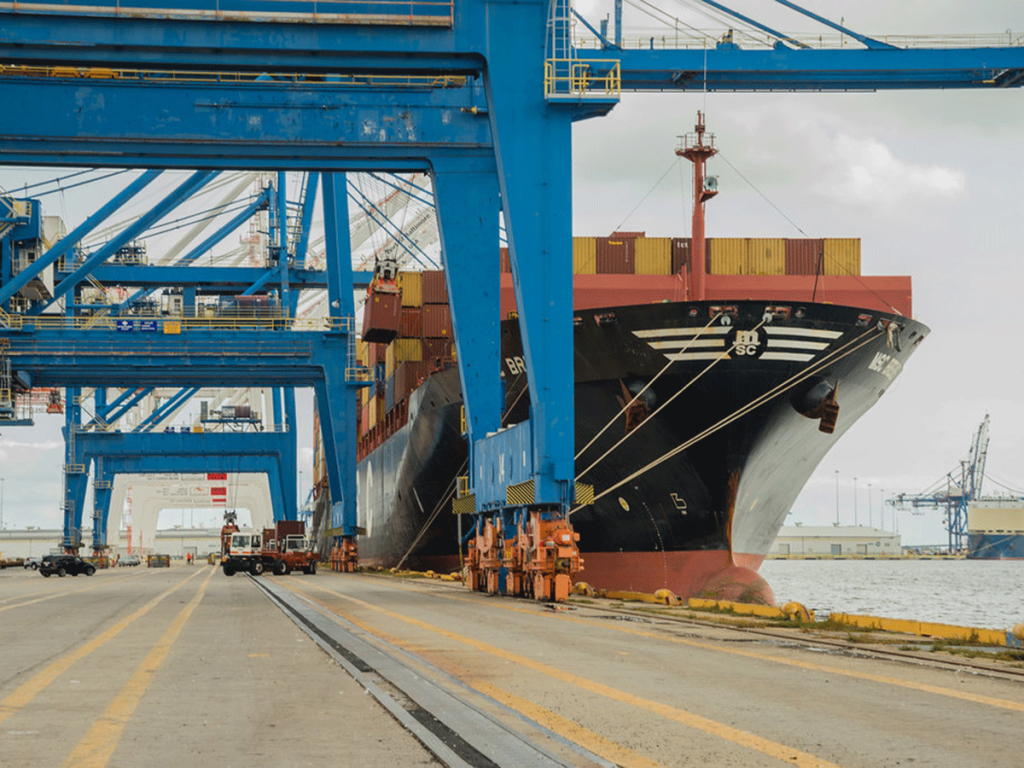
Three original Post Panamax-style container cranes that have been at the Helen Delich Bentley Port of Baltimore’s Seagirt Marine Terminal since it opened in 1990 will be shipped out Thursday, March 16, as Maryland’s Port continues to upgrade infrastructure and make other enhancements to improve overall efficiency. The cranes will leave Baltimore and head to the Ports America terminal at the Port of Tampa.
“We are making fantastic infrastructure and technological improvements at Seagirt with our great partners at Ports America Chesapeake,” said Maryland Port Administration and Port of Baltimore Executive Director William P. Doyle. “These will greatly improve efficiencies for truckers accessing Seagirt, in addition to improving container-handling efficiencies for ships that call Seagirt, and help us bring new cargo opportunities to Maryland.”
As the older, smaller cranes ship out this Thursday, the Maryland Transportation Authority will temporarily hold traffic in both directions on the Francis Scott Key Bridge (I-695) and Chesapeake Bay Bridge (US 50/301) as marine vessels carry the cranes under the bridges outbound via the Chesapeake Bay.
Traffic on the Key Bridge will be held at about 9:30 a.m., and traffic on the Bay Bridge will be held at about 1:30 p.m. Both traffic holds will last approximately 15 to 30 minutes. Times and durations are approximate, and the transport is weather dependent. The traffic holds are done for safety purposes to ensure drivers are not distracted as the cranes pass beneath the bridges.
Maryland’s Port of Baltimore is coming off a strong 2022, when it handled a record $74.3 billion worth of cargo and established new records for general cargo tons at the state-owned public terminals, imported 20-foot equivalent unit containers, and imported paper. Baltimore also handled the most cars and light trucks among all U.S. ports for the 12th consecutive year. The Port also ranks first among the nation’s ports for roll on/roll off the heavy farm and construction machinery, as well as imported sugar and imported gypsum. The Port is 10th among major U.S. ports for total cargo value and 12th for cargo tonnage.
The Port of Baltimore generates more than 15,300 direct jobs, with about 140,000 jobs overall linked to Port activities. The average salary for people with direct jobs at the Port is 9.5 percent higher than the average annual wage in Maryland. The Port is responsible for nearly $3.3 billion in personal wages and salaries, $2.6 billion in business revenues, and $395 million in state and local tax revenues.











